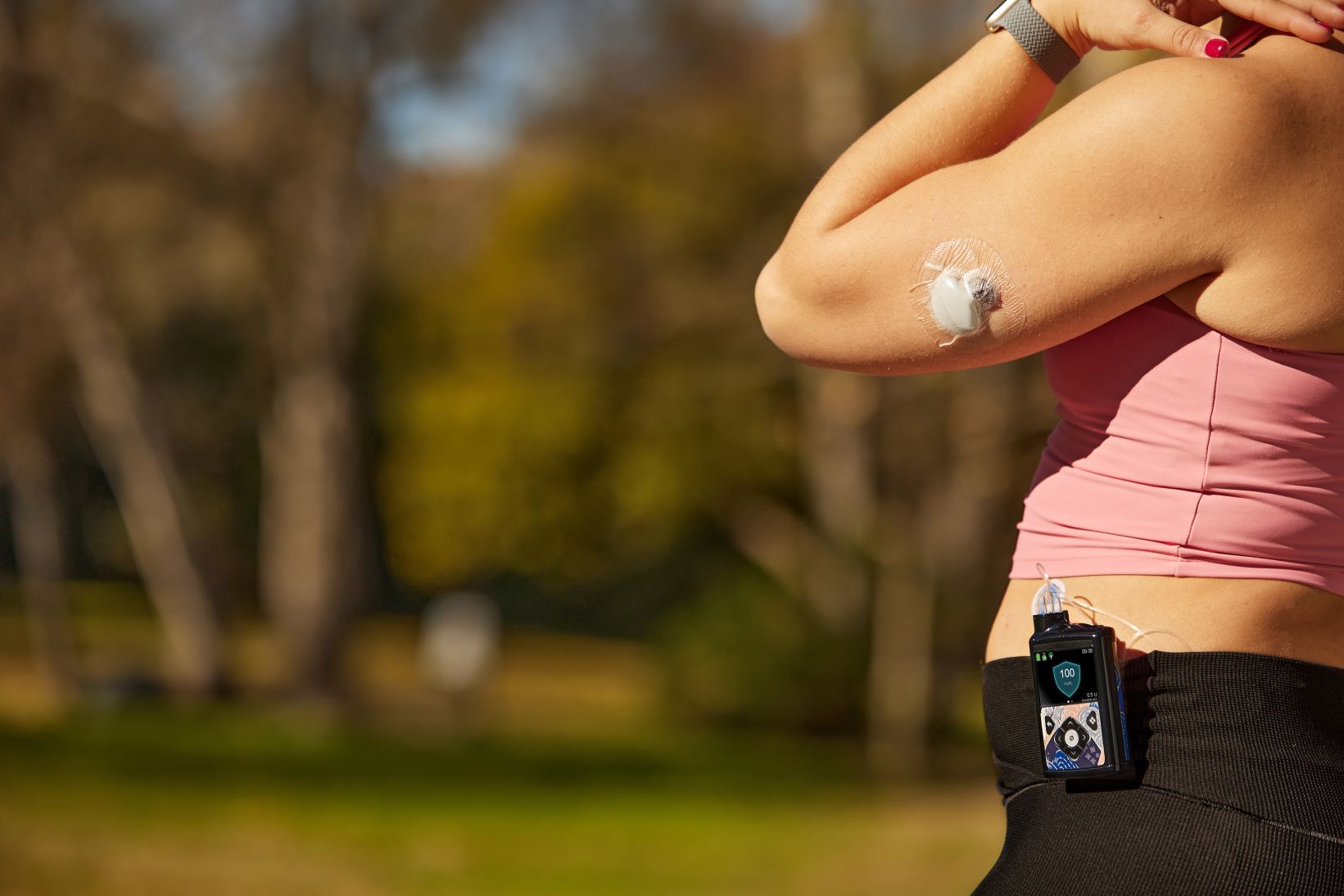6 battery tips for keeping your insulin pump powered up

I've always believed that as a person with diabetes it's important to take what I learn and share this information with others. I have many times benefited by being on the receiving end and learning from my friends with diabetes. I like to use my blog posts as a way to educate and share interesting tips, but to also share my personal experiences (even if it means sharing my mistakes, like I'm about to...)
Last night I got a "Low Battery alert" on my insulin pump and I knew this meant my battery had less than 10% of power, so I should change it before bedtime. I grabbed a battery and a quarter from my drawer, changed it out, and quickly did a few more things in my nightly routine, then crawled into bed.
As I began to drift off to sleep I realized I forgot to check my blood glucose. So, I pushed the button to turn the backlight on my pump to shine over my glucose meter screen so I could see what I was doing in the dark. "Hmmm...that's weird; I wonder why my backlight isn't turning on." I turned on my lamp to realize that I put a completely dead battery in my pump before I went to sleep.
Based on this experience and many others in my almost 10 years of changing pump batteries, here are some tips:
- When you put a battery in your pump make sure to double check that it's working.
- Use a new AAA alkaline battery, not carbon zinc or lithium. You can use any brand, but we recommend Energizer® for the best performance.
- Use a coin such as a nickel or a quarter to open the battery cap when you change it out instead of sharp objects, like a knife.
- The average life span of a battery in your pump is one week. Know that using settings like vibrate mode, the back light, or the sensor will use more battery which can make this time frame vary.
- Keep a spare battery handy, like in your meter case or a drawer at work, but avoid storing it in extreme temperatures. Especially as the weather begins to get cooler this fall, make sure not to place it somewhere where it can get too cold.
- If you get battery alerts and alarms, most can be fixed easily. You can look up the specific alert on our website and follow the steps listed here.
My blood glucose was a lovely 118 this morning, which felt good since I was able to fix the battery ordeal before it impacted my body and my glucose meter screen.


